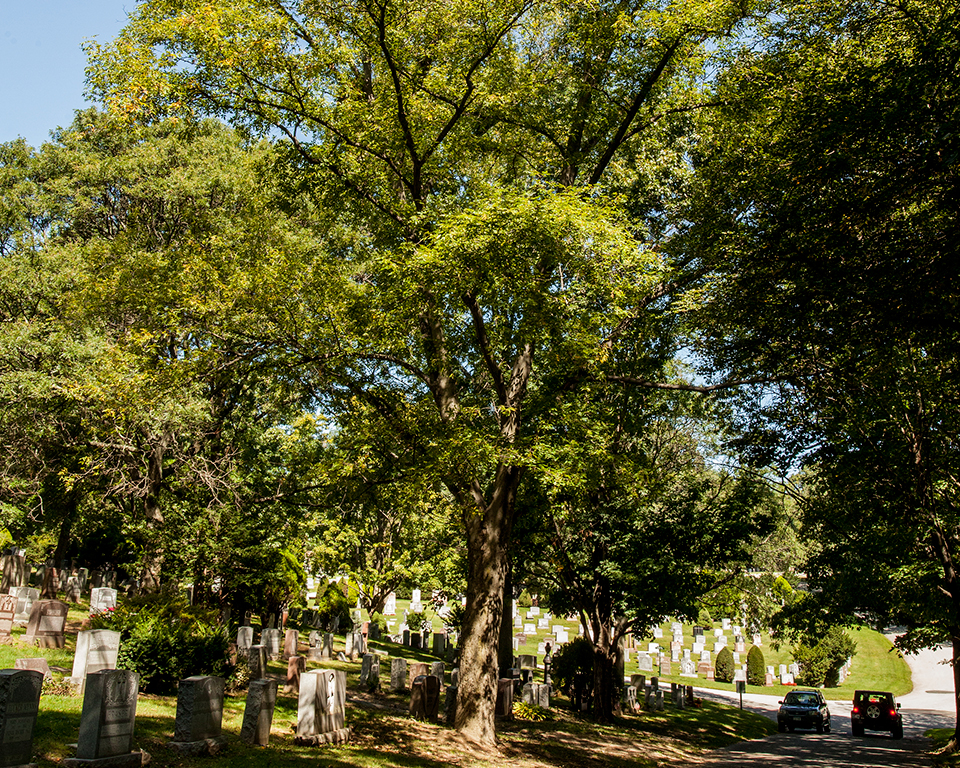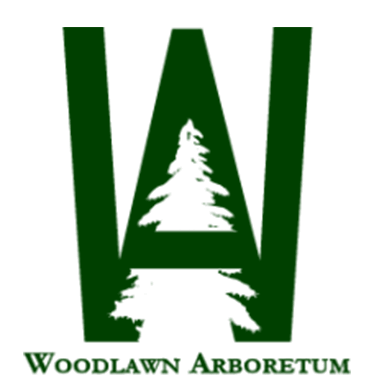CARYA CORDIFORMIS – HICKORY, BITTERNUT

Grows nicely in clay soil that is submerged for long periods after it rains. Grows poorly in areas submerged all the time. This tree should be used more often in urban areas that are poorly drained. Trees resist breakage in ice storms compared to many of the more finely branches trees. This is among the shortest living hickories surviving to about 200 years in the forest. Distinctive from other hickories as this one has short wings or flanges on the husk of the nut which is vaguely heart-shaped when the husk is removed. This tree often serves as an understock for pecan trees, allowing them to grow in areas where they are not otherwise hardy.
Existing trees are often left near new homes and other buildings in new developments. Roots damaged by construction equipment can decay quickly. This can leave the plant with few supporting roots in the years following construction despite a green canopy. The tree could fall over as a result. In addition, branches that are suddenly exposed to unlimited light when nearby trees are removed begin to grow rapidly. As a result, they could become too long and break. Consider shortened them with reduction cuts to help prevent breakage.
Wood specific gravity averages about 0.66 g/cc. Hickories are considered a ring porous or semi-ring porous wood. Trees have a reputation for displaying a great sensitivity to impacts of construction activities in the root zone. Plants have a wonderfully showy fall foliage color. They generate pollen that causes allergies in many people.

